CONCERNING THE SPIRITUAL IN ART
Juror's Statement
For Wassily Kandinsky, the modernist movement was not only about liberating art from the strict confines of 19th and early 20th century social and aesthetic constructs, but he believed that this new movement in art could enable artists to be active conversation partners in larger societal questions. In his 1912 treatise “Concerning the Spiritual in Art”, Kandinsky sought to awaken in each artist both their inner voice and their aesthetic intuition and focus art and artists on the tremendous changes occurring in human life and culture. Kandinsky recognized in this liminal period of human history profound
challenges to the way humanity understood themselves in relationship to industry, economics, politics, religion, science, and medicine … all areas of modern life that needed to be explored, challenged and even critiqued.
Artists, Kandinsky believed, were uniquely qualified to be partners in the emergence of a truly modern world. When he wrote, “the artist must have something to say, mastery over form is not the artistic goal, rather the use and adaption of forms to communicate or represent inner meaning,” Kandinsky wanted to shift the focus of art from object to ideas. He wanted to awaken in each artist their internal voice (inner necessity) and give both artists and their creations a place in the larger social dialogue. Kandinsky’s idea not only transformed art, but also how artists understood their place in the world. All art of any social or historical importance is spiritual. Great art always connects the viewer to larger social questions, ideas or longings.
The works in this show are proof that Kandinsky’s ideas are alive and well a century later. These works represent a wide range of inner voices and aesthetic intuitions; religious, philosophical, political and aesthetic. The show also includes a rich cross section of skill and craftsmanship. In the midst of this diversity, a common denominator that emerges is the desire of each artist to be a conversation partner with the world around them.
While we utilized Kandinsky’s ideas as a starting point, we also looked for art that spoke past the here and now toward a more universal expression. Three distinct categories emerged as the entries were received for the jury process that ultimately resulted in this survey.
Vision and Mystery: This category includes works that are poetic or visionary. In these works, there is an intentional juxtaposition of images or objects to create meaning or narrative. Some works draw on traditional religious iconography while others draw on more personal stories or memories.
Journey and Place: This category includes representational works that highlight the human figure or landscape. In these works, the created world holds the key to eternal truths. The healing power of nature or the rich complexity of human relationships becomes a way of seeing and understanding the world we inhabit.
Brokenness and Redemption: This category includes works that are often difficult to view. In these works there is a sense of “prophecy.” Not so much looking into the future, but rather an intentionality to awaken the viewer to a destructive reality that is in the present moment. In some works this narrative is redeemed. In others, the narrative remains painfully unanswered.
We were honored to be a part of this process … and are genuinely and deeply moved by the works in this exhibition.
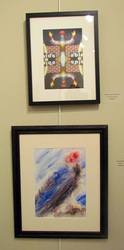
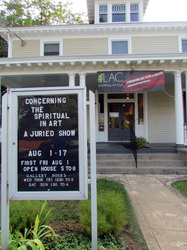

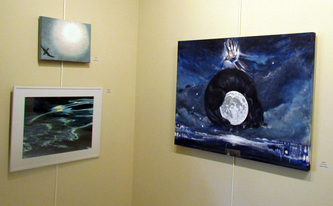
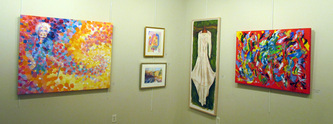
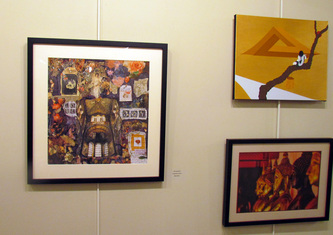
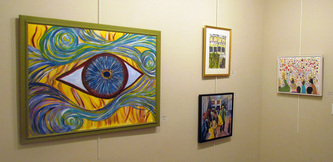
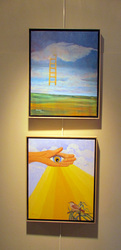
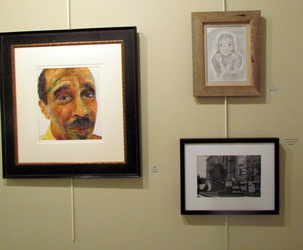
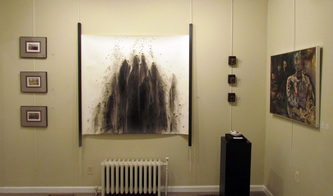
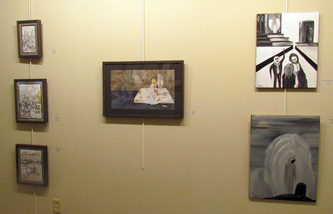
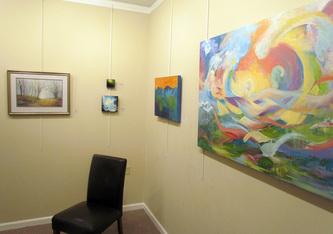
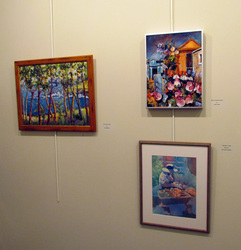
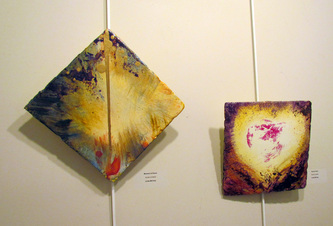
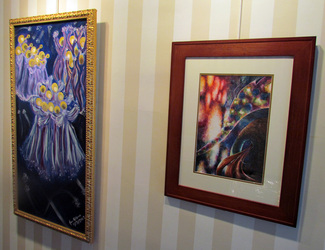
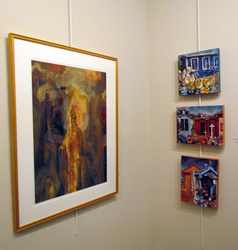
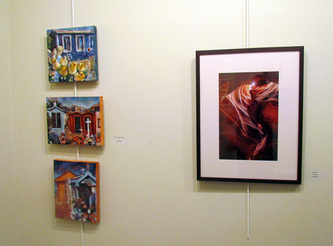
 RSS Feed
RSS Feed